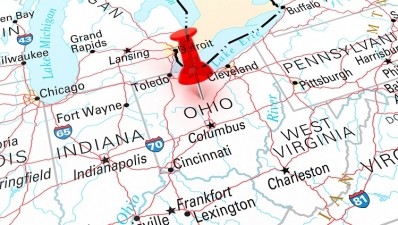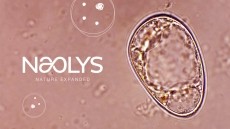FDA cautions consumers about hand sanitizers packaged and flavored like foods and beverages

“I am increasingly concerned about hand sanitizer being packaged to appear to be consumable products, such as baby food or beverages,” says Stephen M. Hahn, current FDA Commissioner, in the agency’s news release.
“These products,” he says, “could confuse consumers into accidentally ingesting a potentially deadly product. It’s dangerous to add scents with food flavors to hand sanitizers which children could think smells like food, eat and get alcohol poisoning,”
And Hahn advises that “Manufacturers should be vigilant about packaging and marketing their hand sanitizers in food or drink packages in an effort to mitigate any potential inadvertent use by consumers,” adding that, “The FDA continues to monitor these products and [will] take appropriate actions as needed to protect the health of Americans.”
Carelessly packaged and formulated hand sanitizer can lead to serious injury or death
The FDA news release opens with a summary of the sort of hand sanitizer packaging and formulations that led to this latest warning:
“The agency has discovered that some hand sanitizers are being packaged in beer cans, children’s food pouches, water bottles, juice bottles and vodka bottles. Additionally, the FDA has found hand sanitizers that contain food flavors, such as chocolate or raspberry,” explains the release.
Hand sanitizer ingestion has become a problem within a pandemic
In March, the Coronavirus pandemic took hold in the US. In April, the FDA made a statement reminding consumers that hand sanitizer is not a medical treatment, “meant for external use [and] not for ingestion, inhalation, or intravenous use,” as Hahn told the press.
That statement came on the heels of remarks by Donald Trump and Bill Bryan (acting under secretary for science and technology for the department of Homeland Security) conflating hand sanitizer and household disinfectant with medical treatments.
Along with the FDA, manufacturers and professional organizations around the world spoke out to clarify the proper and safe use of hand sanitizer (and disinfectants). Read more here on Cosmetics Design.
The danger is real: “Hand sanitizer can be toxic when ingested,” states the August news release from the FDA warning consumers about misleading packaging and flavors.
And unfortunately, “The FDA continues to see an increasing number of adverse events with hand sanitizer ingestion, including cardiac effects, effects on the central nervous system, hospitalizations and death, primarily reported to poison control centers and state departments of health.” Links to more resources can be found through the FDA’s new release here.
The increased demand for hand sanitizer presents several challenges
Hand sanitizer is in incredibly high demand as a hygiene product that can be used to help limit the spread of COVID-19. Initially demand was highest among front-line workers; but now as businesses and institutions of every sort set guidelines for reopening and operating safely while the pandemic wears on, demand for hand sanitizer is coming from every industry and region across the States.
Besides the manufacturing challenge of meeting this surge in demand, there is also the challenge of packaging it all. Late last month, GOJO announced that its Purell brand hand sanitizer would be shipped to front-line workers and businesses in 2 new temporary containers.
And also in late August, the FDA published protocol to test finished hand sanitizer products to determine if they contain the necessary ingredients and if they are contaminated. While these tests require sophisticated lab equipment, the need for such testing only points to another challenge: protecting consumers from products that are—knowingly or unintentionally—made incorrectly.
















